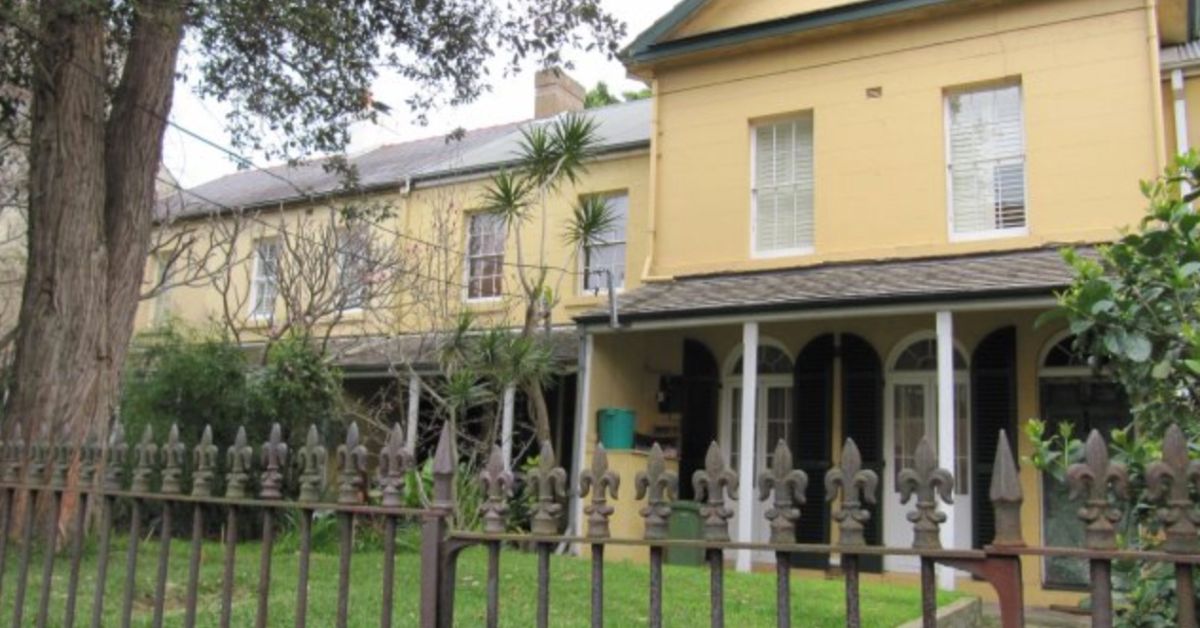Fitzroy Terrace is a colonial Georgian terrace with seven two-storey homes that stand on a lot owned by Dr. William Redfern. These iconic buildings on Pitt St are culturally and socially significant to the evolution of this Sydney suburb.
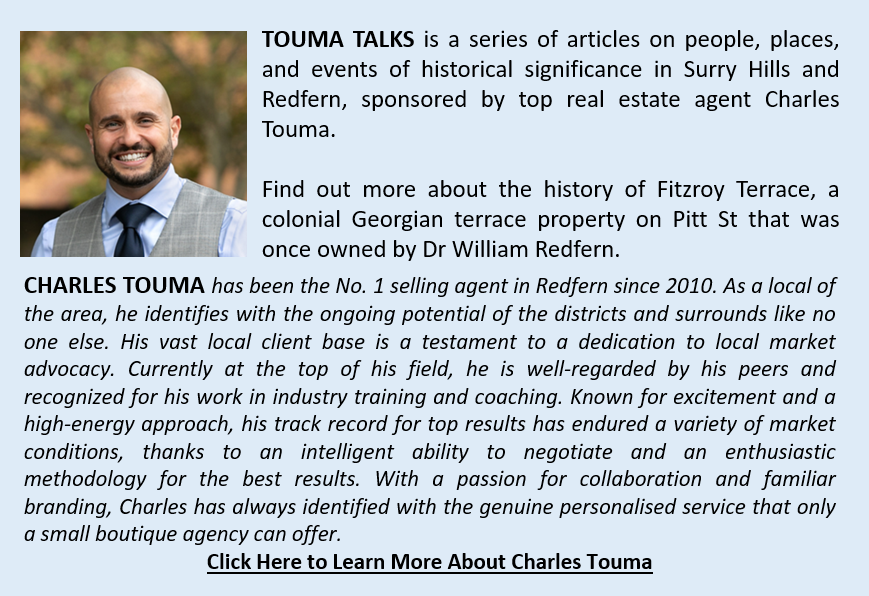
Before the good doctor bought the property, this area was once known as Roberts Farm, after Williams Roberts, who was granted the land in the 1790s by Lieutenant Governor Francis Grose after Mr Roberts’ sentence expired.
Mr Roberts was tasked to cultivate and improve the land. By 1800, Roberts Farm was sold at least four more times to different owners, including Dr Redfern.
Who was Dr William Redfern?
Dr Redfern was a British-born surgeon who was transported as a convict to Australia in 1801 for his involvement in the Mutiny of the Nore in the Royal Navy. He was originally sentenced to death but was granted mercy due to his profession.
After spending years in a British prison, the doctor requested transportation to New South Wales, where he was tasked to help with the establishment of a new colony and given a conditional pardon.
Dr Redfern served as the assistant surgeon on Norfolk Island until 1808. Following his full pardon, he moved to Sydney and was appointed the assistant surgeon of a new Sydney Hospital.
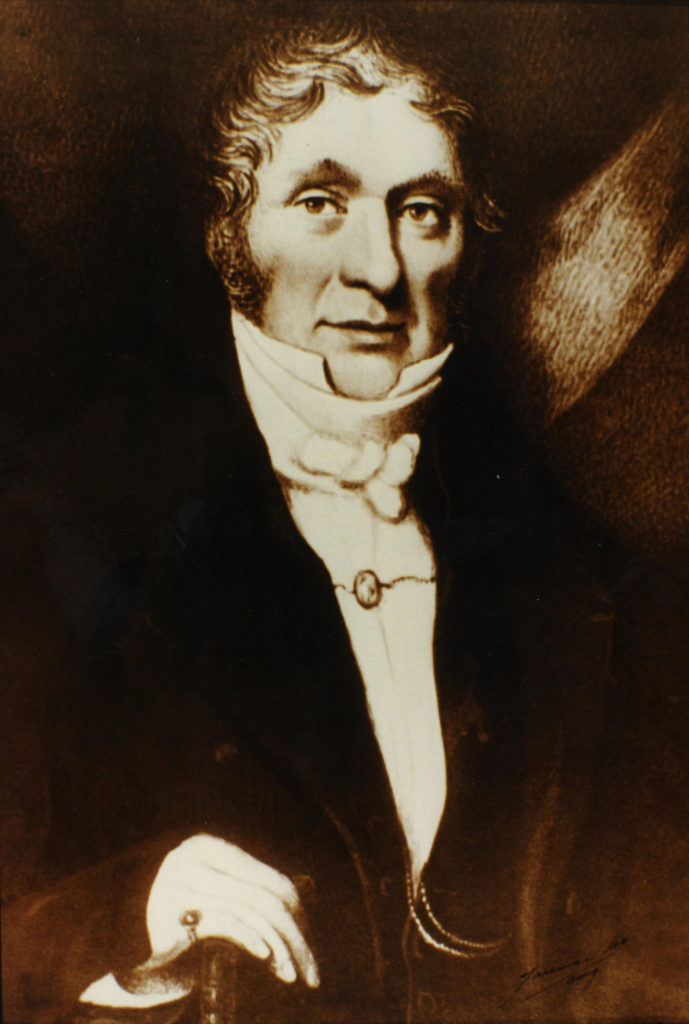
In 1811, he married Sarah Spencer Wills, proceeded with his private practice and then co-founded the Bank of New South Wales. Although he was regarded as an emancipist, Dr Redfern established the largest private practice in Sydney and became the first person to gain an Australian medical qualification and the first teacher of Australian medical students.
Upon the arrival of Governor Lachlan Macquarie, Dr Redfern’s status further amplified as a premier medical worker for his work with emancipated convicts. The governor wanted their rehabilitation and chose four distinguished men for this task, including Dr Redfern.
The doctor’s report on the sanitary problems of the ships that transported convicts to New South Wales ushered in major reforms. He resigned from government work in 1819 when he was not appointed to succeed D’Arcy Wentworth as the new principal surgeon.
After receiving a grant from Gov Macquarie, Dr Redfern, who already owned 70 acres of land, consolidated his property with the 30 acres owned by his wife’s family. Today, these properties are believed to be bordered by Cleveland, Regent, Redfern, and Elizabeth Streets.
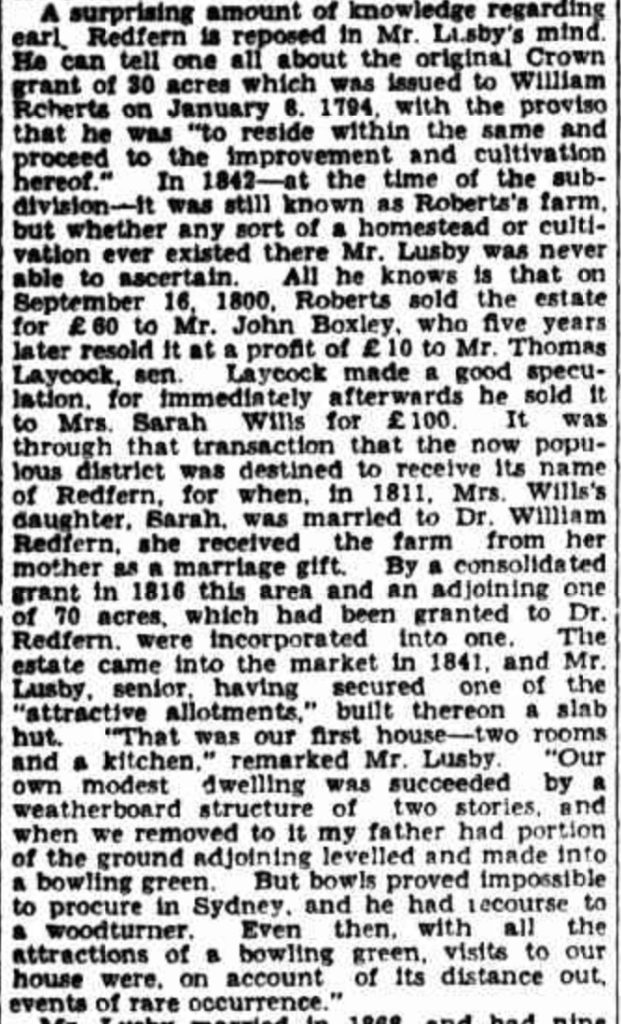
Why was it called Fitzroy Terrace?
Dr Redfern’s properties were subdivided in the 1840s, two decades after his death. Mr John Alexander developed Lots 10 and 12 to what is now known as Fitzroy Terrace, with 6 to 18 Pitt St as its present-day address.
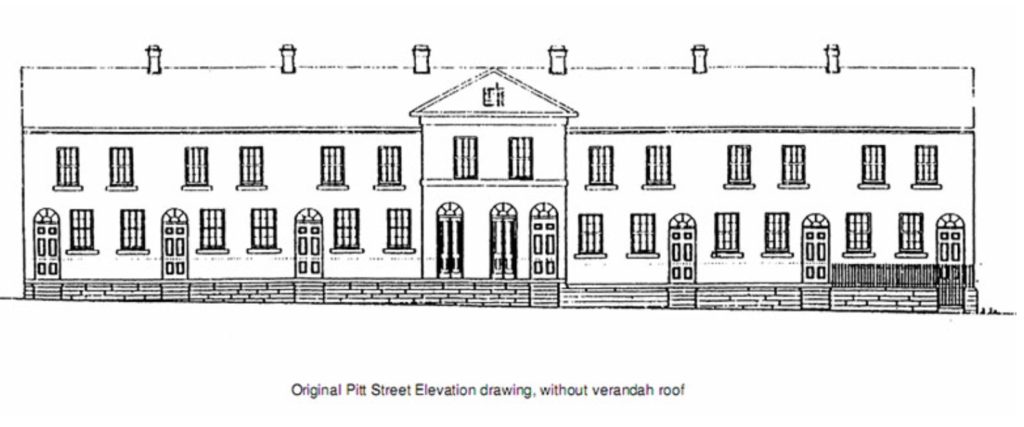
The property was believed to be named after Gov Charles Augustus Fitzroy, who arrived in Sydney just after the terrace finished construction.
Fitzroy Terrace was designed by Mr James Hume, a famous Sydney architect credited for the St. Andrew’s Cathedral and the Great Synagogue. The terrace was built to address the growing need to produce housing for the burgeoning suburb of Redfern.
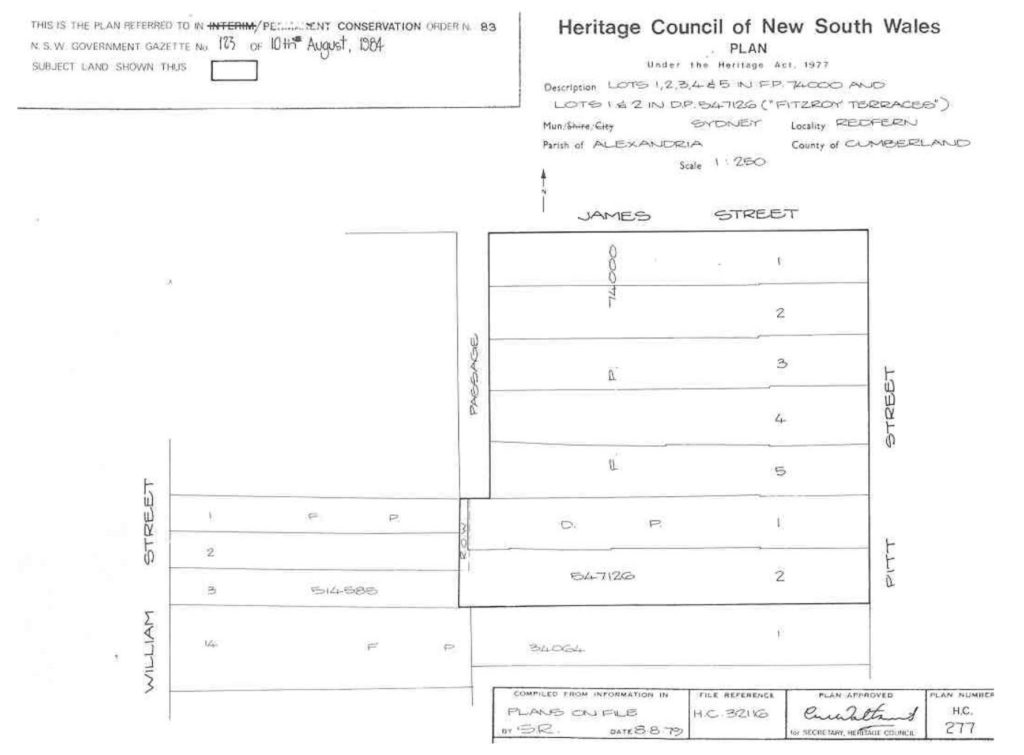
The very first occupants of Fitzroy Terrace were middle-class professionals who worked as barristers, accountants, clerks, or civil engineers. Fitzroy Terrace has a beautiful front garden with old frangipani and elm trees that were added by its new owners.
The houses are characterized by their gable roof and attic, their verandah with corrugated iron or terracotta tile, and semi-circular fanlights over French doors. The houses were set back from Pitt St, with cast iron picket fences and stone retaining walls.
Over the years, Fitzroy Terrace has had alterations and experienced degradation due to its separate ownerships. The front of the terrace remains well-preserved, whilst the rear side has had several additions and extensions that have impacted the appearance and order of the properties.
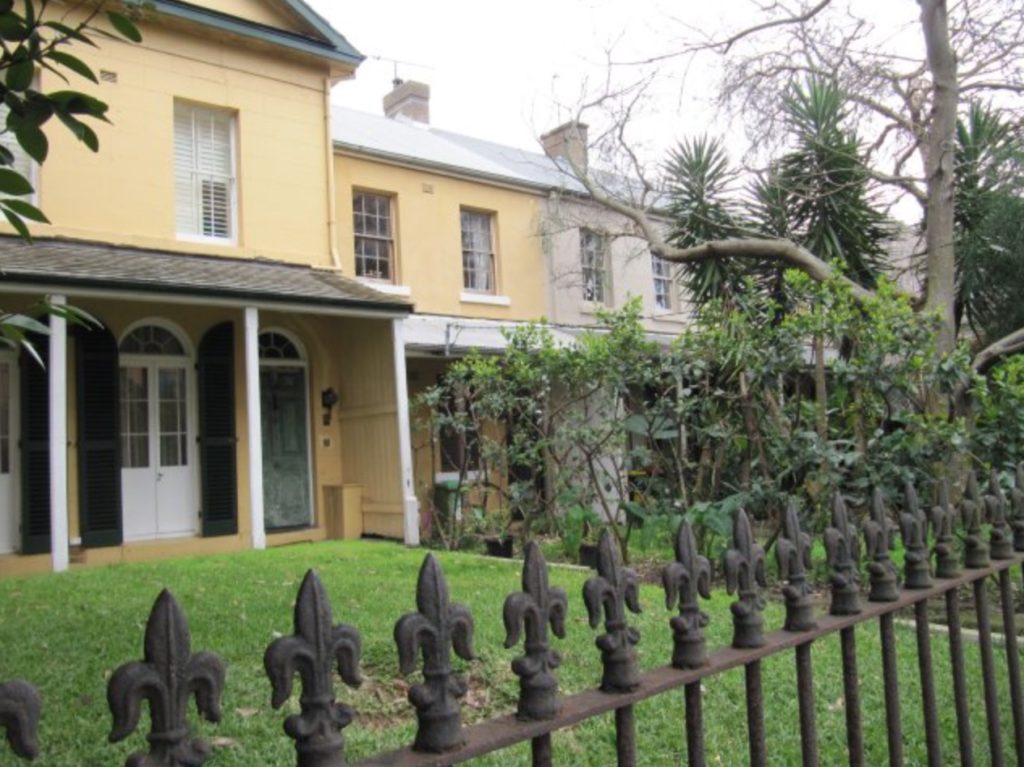
Some of the buildings on Fitzroy Terrace, particularly 16 and 18 were completely restored and enhanced by its owners in the early 2000s whilst some of the elm trees were uprooted due to poor health.
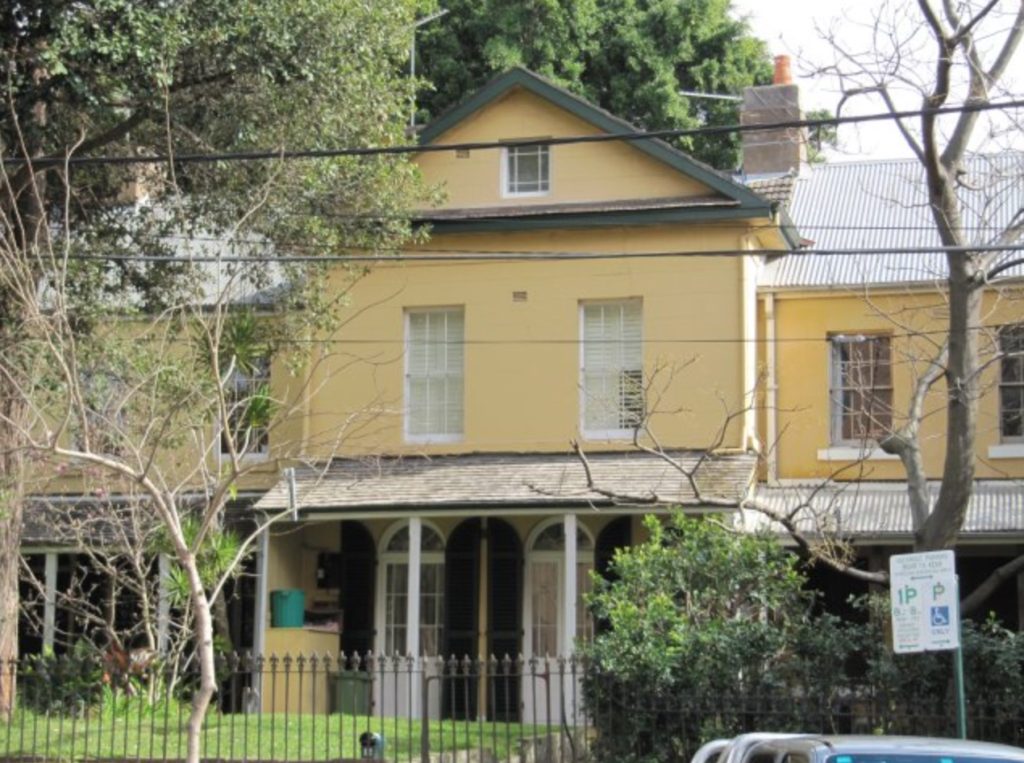
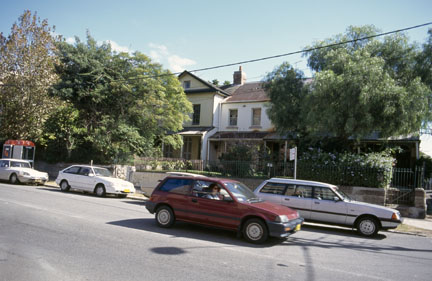
Fitzroy Terrace was entered into the NSW Heritage Listing in April 1999.



